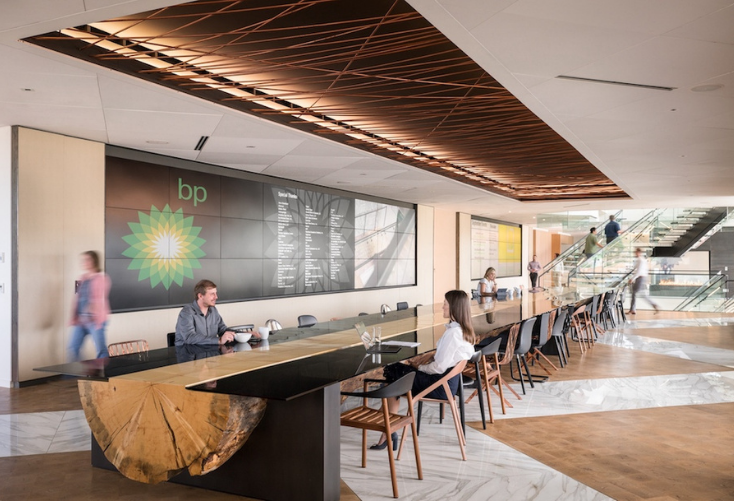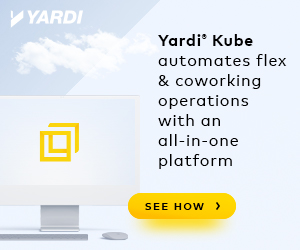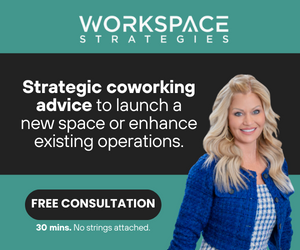- Flexibility in the workplace is about to take on an entirely new meaning.
- The shift to a hybrid work model is a change that is coming to companies across the U.S. and one for which you need to prepare.
- This article outlines some of the factors that businesses must consider, and a path forward and resources for creating policies and a model to successfully navigate hybrid.
This article was written by Traci Lounsbury and Denny Sponsel, and it was originally published on Work Design Magazine.
American workers with a need for greater flexibility in how they work increasingly edged toward the idea of a hybrid work model, combining remote and in-office work, even before the COVID-19 pandemic gave the workforce the opportunity to experience remote work on a grand scale.
Now that that remote work is on the table after practicing it for a year, companies are realizing that it must be part of their workforce strategy going forward in order to remain competitive in retention and recruitment. Hybrid work is no longer just a buzzword popping up on blogs and news feeds in the COVID-19 era. Most employees today expect that they’ll be offered some kind of flexibility when offices reopen on a large scale, and 92 percent of employees surveyed by Smartway2, a workplace scheduling company, say that they would prefer a hybrid arrangement of some kind.
Flexibility in the workplace is about to take on an entirely new meaning, according to a study by CBRE. The term is often used as a catch-all phrase to describe working remotely. However, flexibility is more accurately a double-edged sword that describes the way in which expectations affect work-life integration. When every individual has the power to set his or her own expectations, it creates autonomy for the individual, but subtracts from the collective balance. To find success, organizations must focus on hybrid at the organizational level, not the individual level.
Developing this approach requires more thought than meets the eye, some critical thinking and some advice from experts. Here, we’ve compiled some of the factors that businesses must consider, and a path forward and resources for creating policies and a model to successfully navigate hybrid.
Is your leadership team trained to manage differently with a hybrid work model?
It’s difficult as an executive or a manager not to wonder from time-to-time if your employees might start to get distracted from their work while working from home, and certainly some companies have discovered in the last year that certain employees do need to be in the office in order to be held accountable.
Of course, the best way to find peace of mind on this front is to hire responsible, dedicated employees who can be trusted to accomplish their tasks regardless of their location. But even the most diligent workers might need a little help staying on track sometimes. Companies need to establish systems that keep projects on track and make sure deadlines are clearly communicated and met.

Managing a hybrid work model takes a specialized approach. Employers should set clear guidelines about how maximize this model, including clear expectations and communication about employees’ whereabouts on given days and how much flexibility is appropriate.
In addition, part of keeping employees engaged goes hand-in-hand with morale and culture. Employees need to feel like they’re part of a team and that they’re working together toward a common goal. These things will keep employees motivated to continue contributing to the team dynamic even if they’re physically separated from their teams.
On the flip side, those employees who are in the office may need to be reassured that their teammates are pulling their weight from home.
Working from home could also pose challenges or concerns about career trajectory. In order to maintain a carefully constructed pipeline of talent, companies need to ensure that training and education programs are still engaging employees, that mentorships are still being nurtured and overall that team members still feel like they’re going places, even if the only place they’re physically going is the home office.
Is your culture strong enough for a hybrid work model?
Company culture has grown from something that was barely given a passing thought in the mid-20th Century to something that is critical to a company’s ability to attract and retain talent in 21st Century workplaces. And integral to company culture is employee morale. Without engaged employees, it’s difficult to maintain a positive and attractive company culture.
Morale for many took a tumble after COVID-19 set in; breaking up happy groups of co-workers who were used to sharing ideas, collaborating, and grabbing happy hour after a long day. Our research shows that while personal productivity ticked up following the advent of remote work, but that collaboration and camaraderie suffered which ultimately effects organizational or team productivity.
Overall mental health has also suffered. A November 2020 study by Aetna International found that Americans are most concerned about gaining weight while working from home, with 46 percent of the 1,000 U.S. respondents to their survey naming it as a concern. Thirty-two percent said that mental health issues, including depression and anxiety, were also a concern as people’s social lives largely dried up in addition to their in-person work relationships.
But it’s also difficult to achieve the same kind of atmosphere with a portion of the staff working remotely and video chatting with co-workers in the office that you had when everyone was in a room together. Programs like Zoom and Teams are a tool, not a place, and won’t offer the same feelings of togetherness; especially when teams are trying to celebrate a win or gather for a company event.
Studies like this one from the Harvard Business Review have also shown that it’s more difficult to keep workers motivated when they’re working from home that when they’re in the office.
Providing a hybrid work model as an intentional strategy is likely to contribute positively to workers’ mental health, morale and to company culture.

Is your technology ready for hybrid?
A critical step toward implementing a successful hybrid approach is setting up a technological backbone that can handle the various unique needs of employees who are working in different spaces. This goes beyond teaching employees how to use video chatting software and includes making sure that employees have the proper equipment to do their jobs productively at home, whether that means an extra monitor or a noise-canceling headset for taking calls while the kids are home.
On a larger scale, companies need to ensure that their technological bandwidth and cloud applications can handle in-office and remote loads, and that privacy guardrails like virtual private networks are appropriately established to keep files and data safe while also allowing employees to quickly transmit information
In the office, video chatting capabilities should be put in place and easily accessed, and employees must be trained on how to use these systems to facilitate a seamless workflow between those in the office and those working elsewhere. Latency will be an issue.
Of course, there will always be technical glitches, but the overarching connections that bring together the office and remote workers should be as easy-to-use and well-functioning as possible. The cost of these challenges is extreme with many people in the same meeting experiencing downtime.
In the office, the hybrid approach means offering many different kinds of workspaces, including dedicated desks in an open-plan space, private offices for focused work or sensitive conversations and areas designed specifically for collaboration with those in the office and out.
Ready or not, here it comes
The shift to a hybrid work model is a change that is coming to companies across the U.S. and one for which they need to prepare. The change should be viewed as a positive wholesale, fundamental shift in the way businesses operate, not merely an extension of a temporary work-from-home arrangement.
This article was written by Traci Lounsbury and Denny Sponsel, and it was originally published on Work Design Magazine.

 Dr. Gleb Tsipursky – The Office Whisperer
Dr. Gleb Tsipursky – The Office Whisperer Cat Johnson – Coworking Marketing Maven
Cat Johnson – Coworking Marketing Maven Angela Howard – Culture Expert
Angela Howard – Culture Expert Drew Jones – Design & Innovation
Drew Jones – Design & Innovation Andrea Pirrotti-Dranchak – Competitive Advantage
Andrea Pirrotti-Dranchak – Competitive Advantage Jonathan Price – CRE & Flex Expert
Jonathan Price – CRE & Flex Expert Jeremy Fennema – Tech Innovation Alchemist
Jeremy Fennema – Tech Innovation Alchemist







